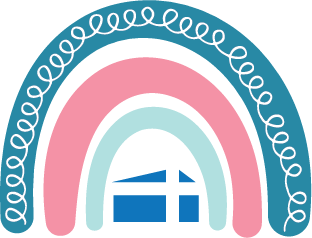 Don’t get the winter blues. Winter weather can provide many opportunities for learning at home. Here are a few ideas to explore snow and ice with your little scientists.
Don’t get the winter blues. Winter weather can provide many opportunities for learning at home. Here are a few ideas to explore snow and ice with your little scientists.
Snowflake Observation
On a snowy day, take a piece of black construction paper and catch snowflakes on it. Use a magnifying glass to observe the individual snowflakes. Ask your child to describe the differences between each snowflake, explaining that no two snowflakes are exactly alike.
Melting Snow
Fill two bowls equally with snow. Place the bowls on an indoor counter or table. Pour salt on one bowl of snow and leave the other bowl salt free. Ask your child which bowl of snow does he/she think will melt faster; hence they are creating their own “hypothesis” as to the rate of melting that will occur in each bowl. Check back throughout the day to see if their hypothesis was correct.
Expanding Ice
When water turns to ice, it expands. Fill an empty can with water, stopping about 1/2 to 1/4 inch from the top of the can. Use a permanent marker to mark the water line on the outside of the can. Put the can on a tray and place it into the freezer. Leave the can in the freezer for a few hours or overnight. The ice will be higher than the water line and will have appeared to have grown overnight.
